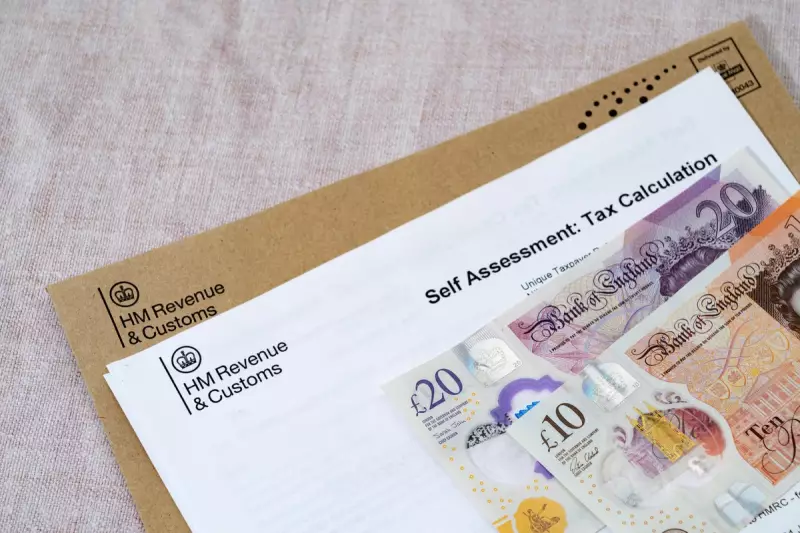
HM Revenue & Customs (HMRC) is rolling out significant changes to its Making Tax Digital (MTD) initiative, requiring businesses to maintain digital tax records and submit VAT returns through approved software. The move aims to streamline tax administration and reduce errors, but small businesses must prepare for the transition.
Key Changes Under MTD
From April 2024, most VAT-registered businesses—including those below the £85,000 threshold—will need to comply with MTD rules. This means:
- Keeping digital records of all transactions
- Using MTD-compatible software to submit VAT returns
- Ensuring seamless data transfer between accounting systems and HMRC
Who Is Affected?
The updated rules primarily impact:
- Self-employed individuals and landlords with annual income above £10,000
- VAT-registered businesses, regardless of turnover
- Corporation Tax payers (phased in from 2026)
Preparing for the Shift
Businesses should:
- Choose HMRC-approved accounting software
- Digitise existing paper records
- Train staff on new processes
HMRC offers guidance on its website, but experts advise acting early to avoid last-minute disruptions.





